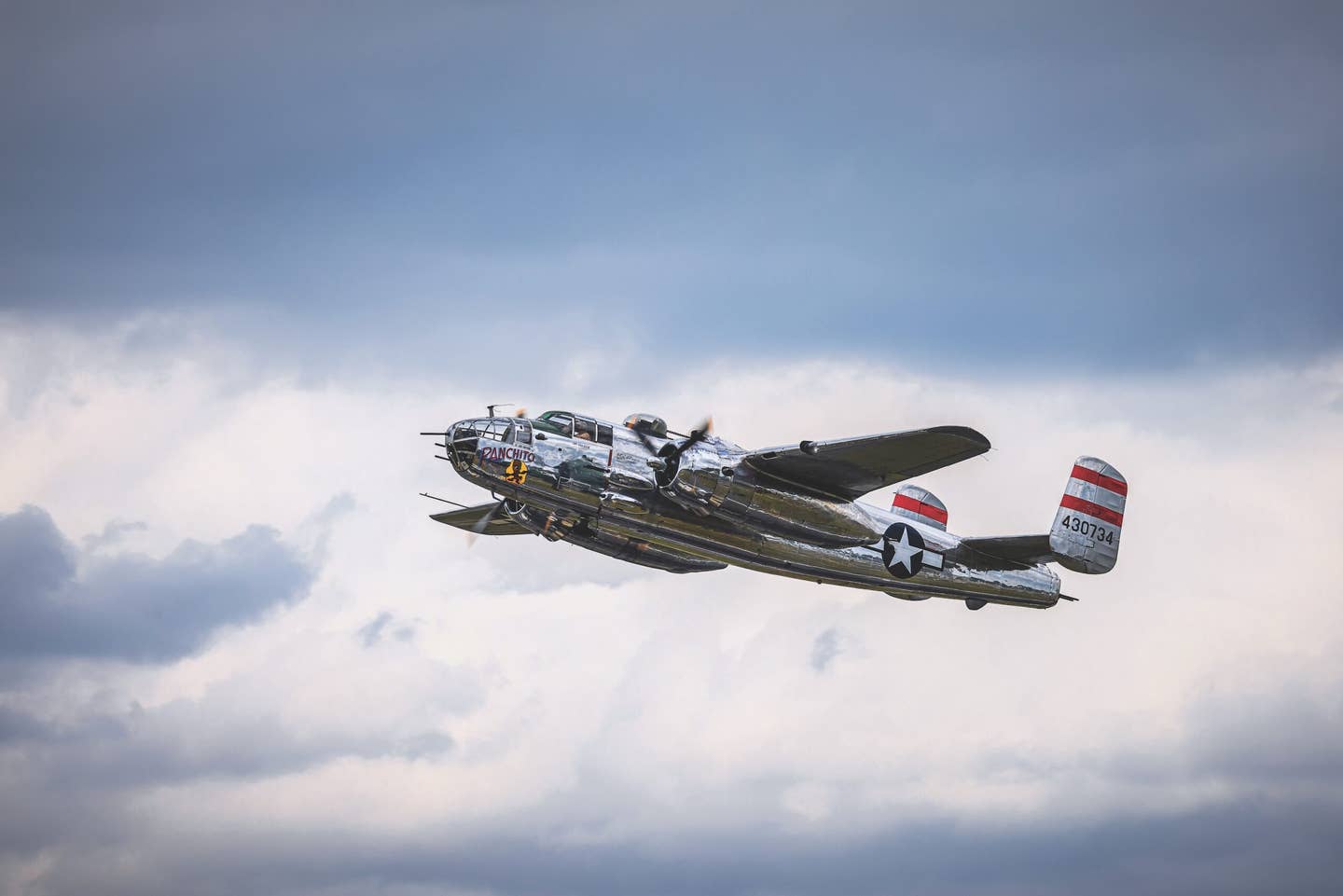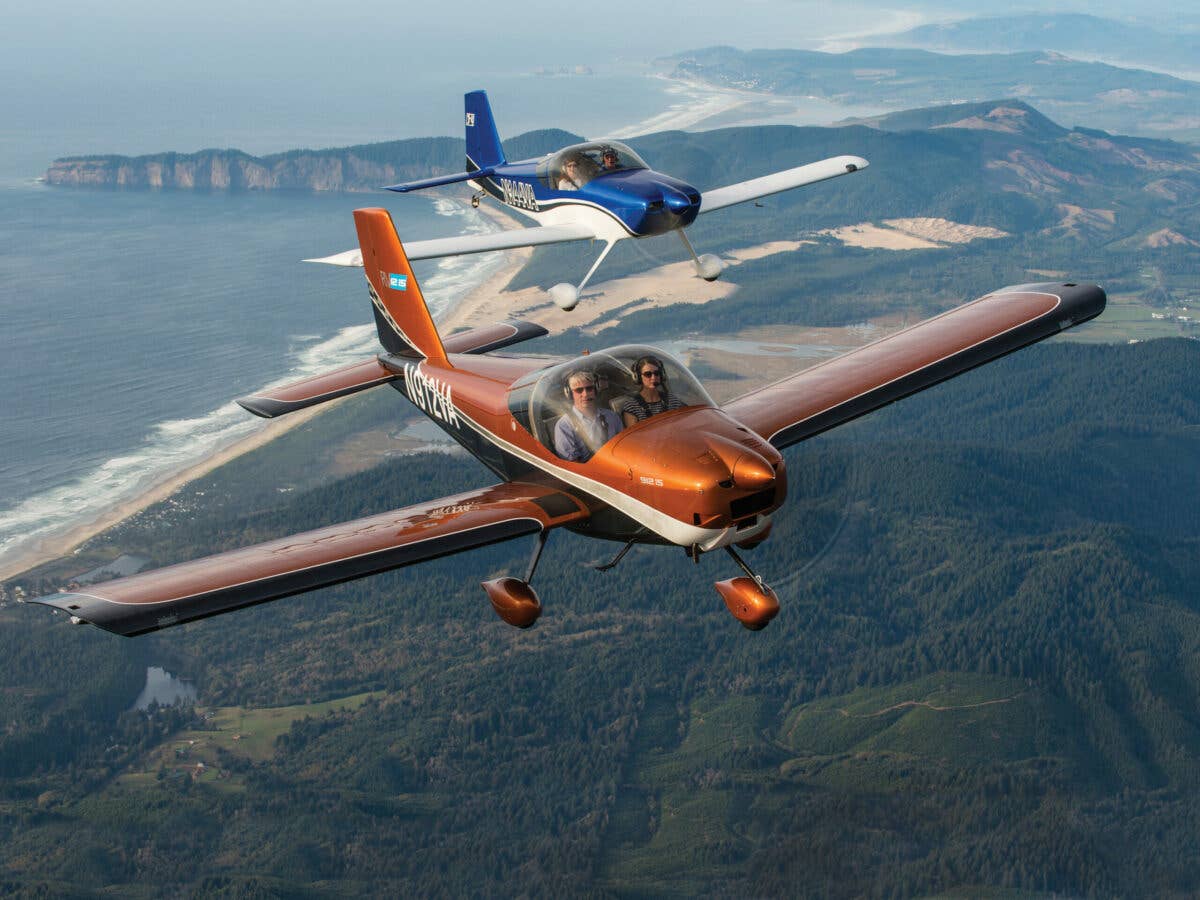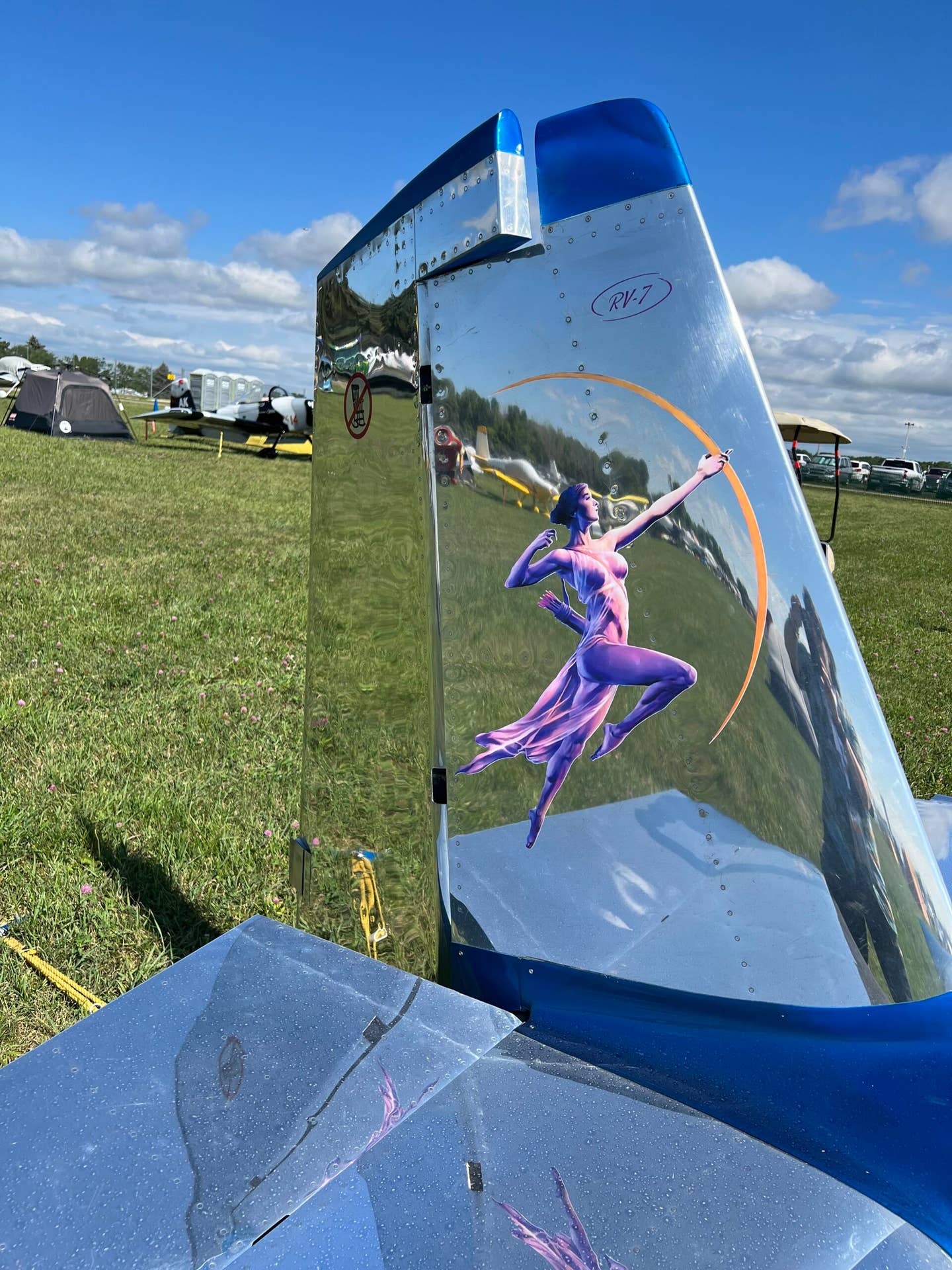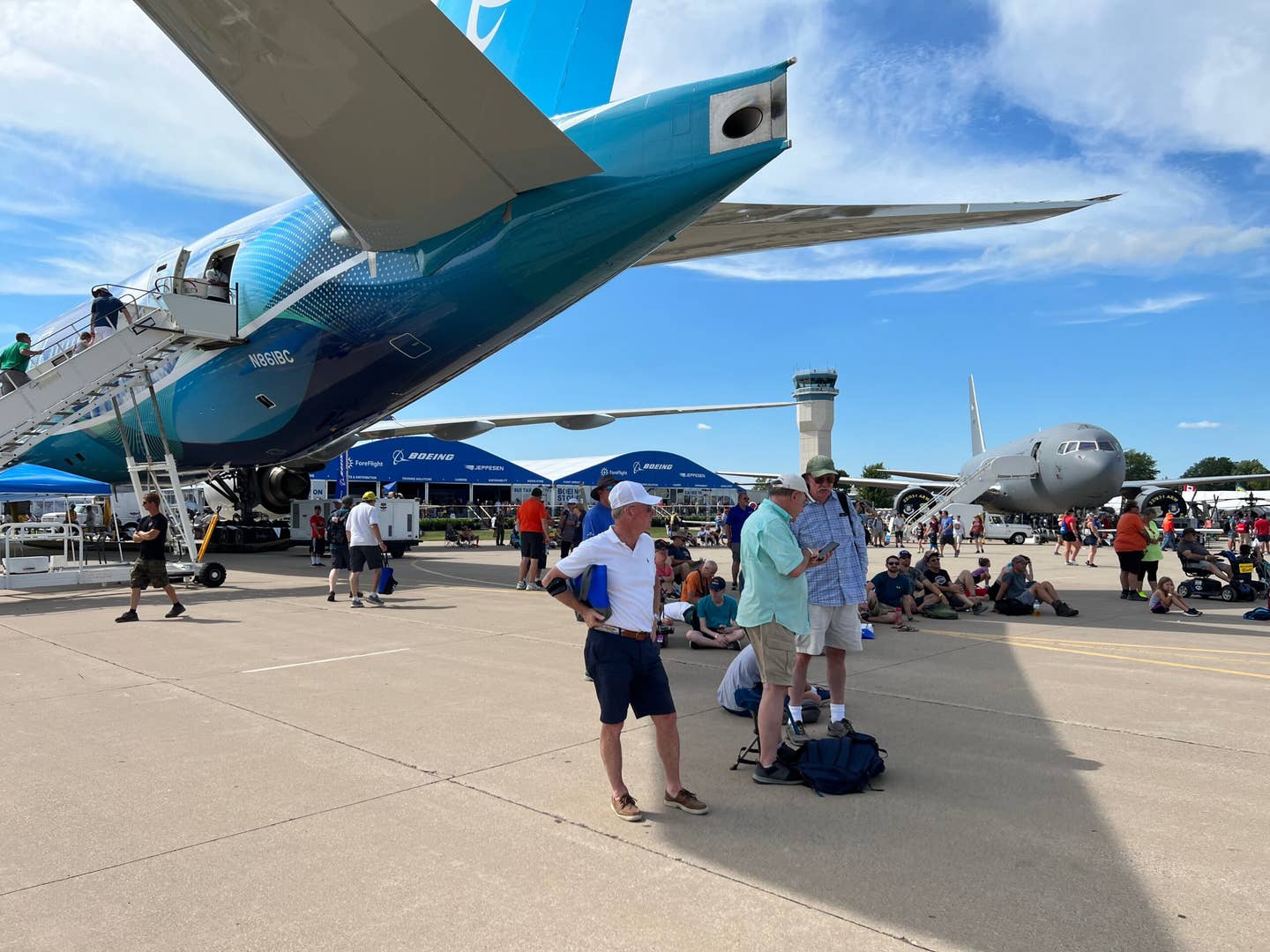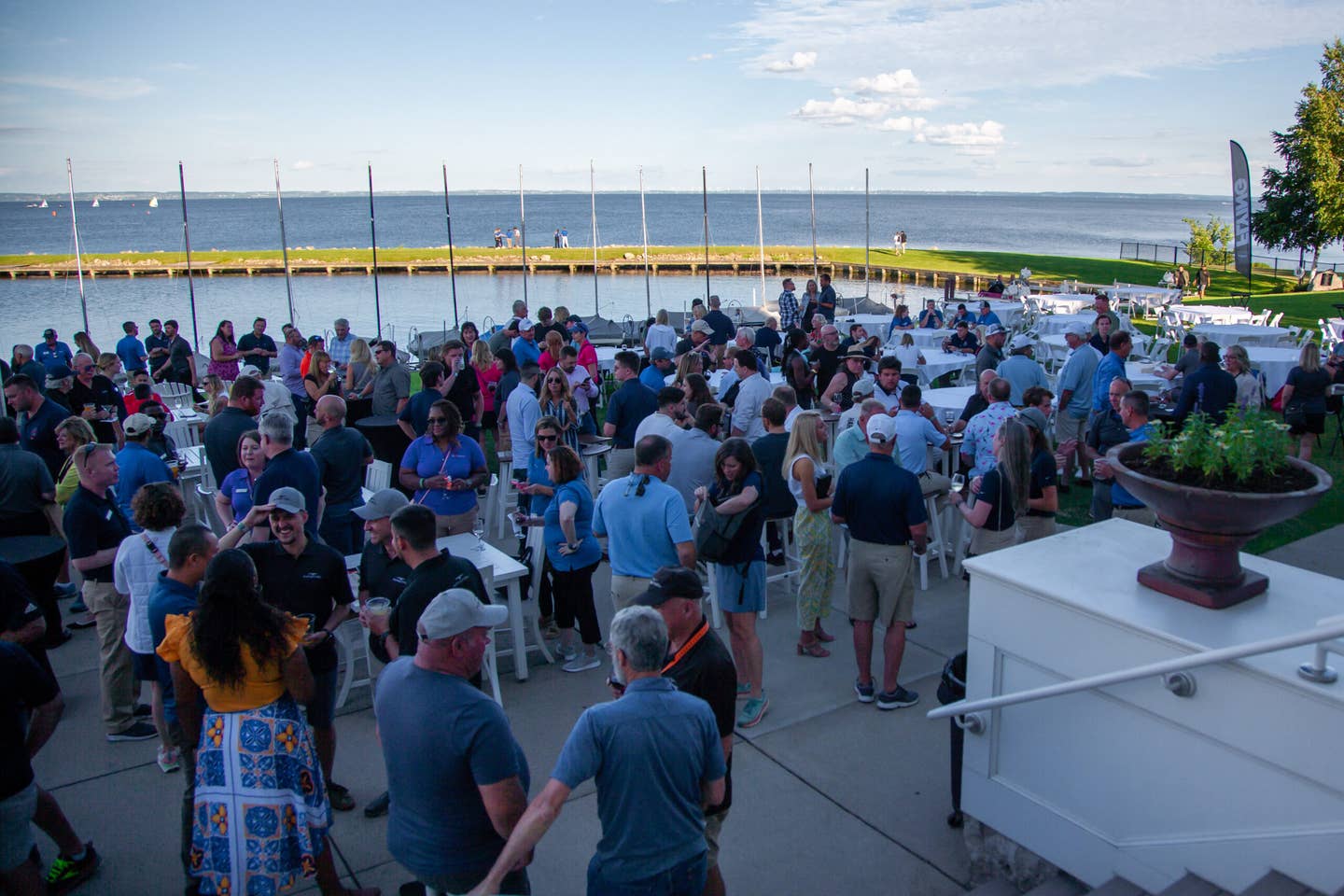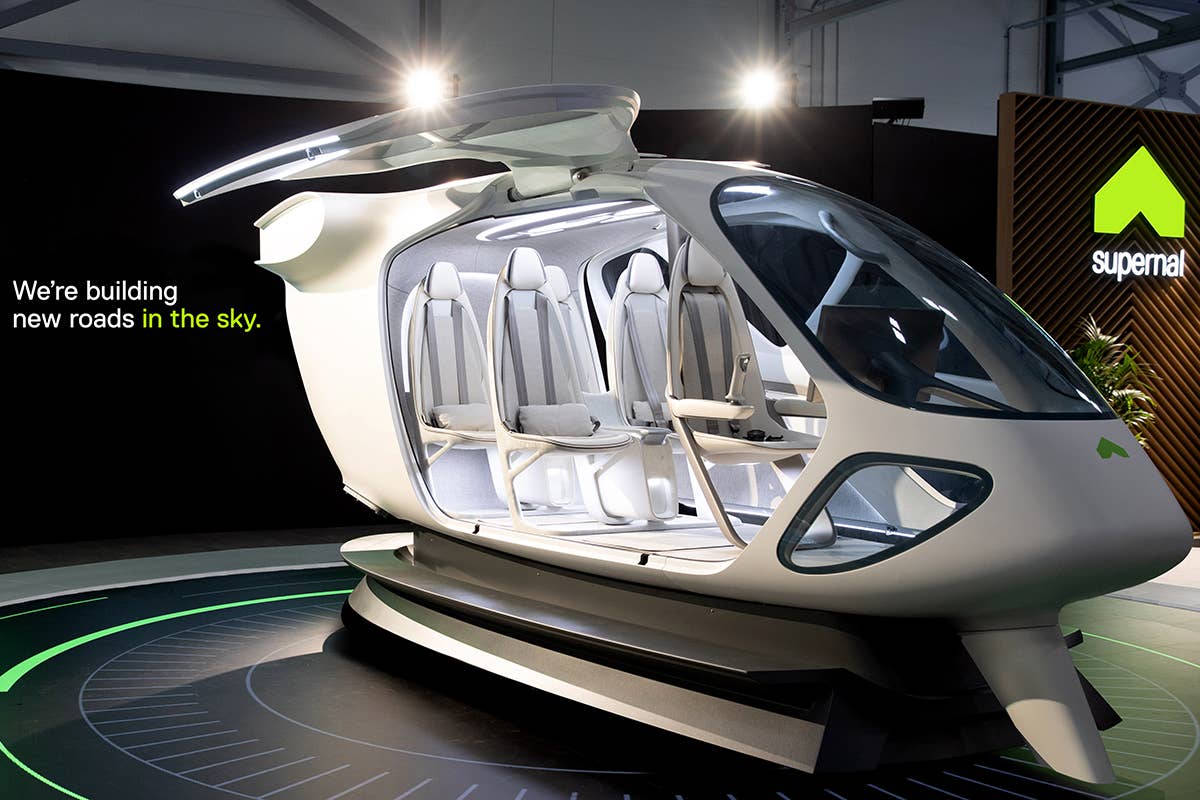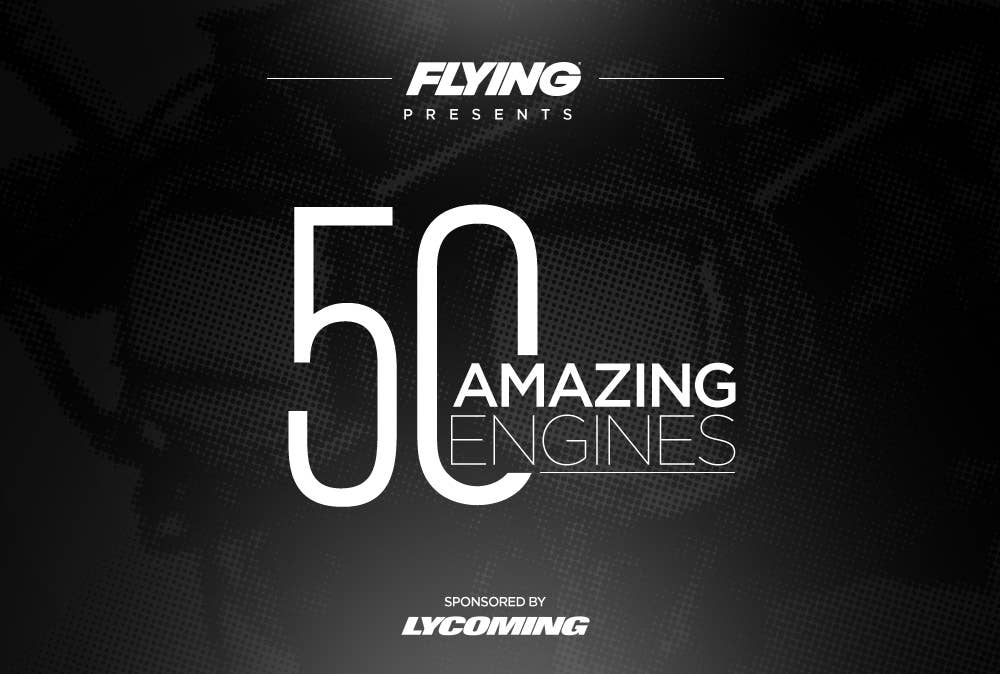
We pilots love engines and with good reason. We rely on their continued trouble-free operation to keep us flying safely. Perhaps more to the point, without engines, flight would never have gone far, and it can be argued that every noteworthy advance in aircraft performance was preceded by a noteworthy advance in power-plant design.
There was a lot of work to be done. The Wright Flyer of 1903, the first powered aircraft, was equipped with a 12 hp engine that was barely powerful enough to get the airplane airborne, even with the help of a swift breeze and a takeoff run on rails. Today, solid-fuel rocket engines are capable of producing more than 2 million pounds of thrust, allowing us to send huge payloads into space. Even in terrestrial applications there continues to be much propulsion progress, from the refinement of existing engines with much greater efficiency and lower noise levels to whole new concepts, such as the NASA-funded hypersonic scramjet project. Here are our picks for the top 50 engines of all time to emerge from the march of power-plant evolution.
Get exclusive online content like this delivered straight to your inbox by signing up for our free enewsletter.

Sign-up for newsletters & special offers!
Get the latest FLYING stories & special offers delivered directly to your inbox

